Toys are important for children’s development. And out of the wide range od playthings, wooden toys are currently the most popular trend for many good reasons. There are different types of wooden toys, but the ones shown to significantly enhance kids’ development are wooden building blocks.
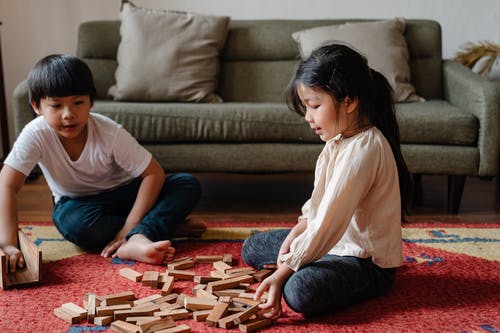
Wooden building blocks for kids offer many possibilities to improve many vital skills. They are particularly challenging and enjoyable for kids who are eager to learn about their environment. These toys offer an open-ended, creative, and valuable play and learning experience. There is a host of benefits to be gained from playing with these toys, so let’s take a closer look and see what is the purpose of building blocks.
Encourage Creativity and Problem-Solving Skills
When looking for toys that encourage creativity and problem-solving skills there is a wide variety of educational wooden building blocks to choose from. Kids can freely move building blocks since those are loose pieces that give them the opportunity to mix and recombine them over and over in a variety of ways. As they come up with ways to combine blocks to get the desired result, they need to use their imagination. This, in turn, helps prepare their young brains for other problems they will encounter in the future.
These blocks also offer a great platform to develop problem-solving skills and reasoning skills. They enable children to consciously work to develop a solution. Problem-solving skills may develop as a natural consequence of play, as they learn first-hand what does and what doesn’t work.
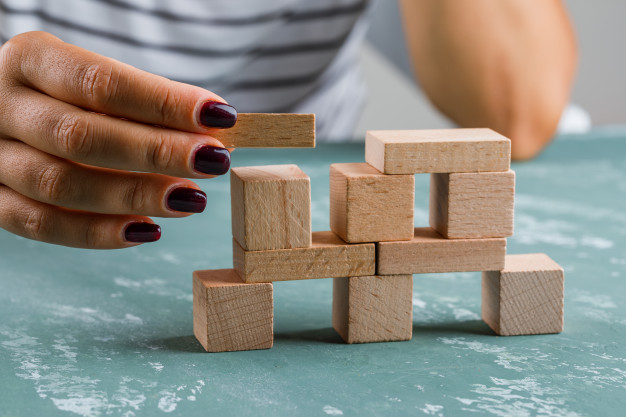
Improve Concentration
If children can’t concentrate, they will also find it difficult to build good communication skills. In order for them to be able to engage meaningfully with others, they need to have well-developed concentration skills as early as possible. It takes time and patience to be able to build something using building blocks, so this is a great way to improve their concentration level and cognitive thinking.
Shape Recognition
Building blocks can help your child recognise different shapes more easily. Discovering how common squares, triangles, and circles are in everyday life make them relevant to children. These blocks also stimulate children’s imagination with colours that help them learn about shapes with endless options for building.
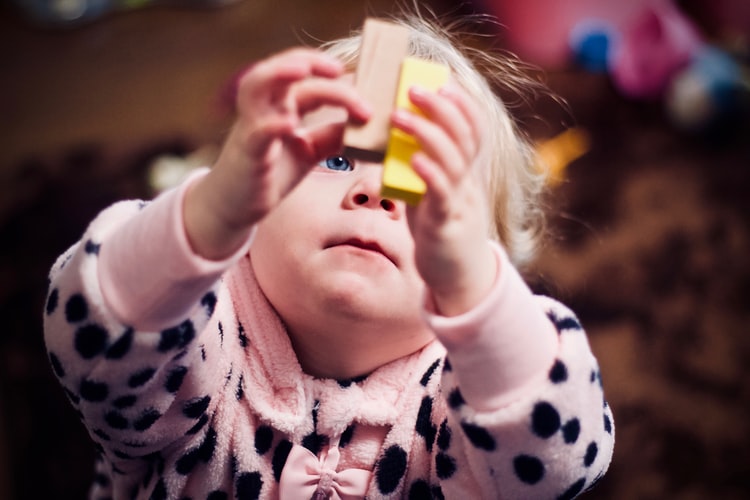
Communication & Literacy
As children come across new experiences through this play, there are numerous opportunities for discussion and development of new vocabulary. This vocabulary may include words like balance, under, over, on top of, and similar.
Social interaction with peers and adults while playing with the blocks also unlocks further benefits. Through interaction, children get exposed to language development opportunities.
These blocks can also be manipulated to form different shapes of letters for children working on pre-reading skills. They also may build words, and this way they will, even more, learn vocabulary and language skills as they learn the meaning of the words they are building.
Improve Motor Skills
Before children can get the blocks into the desired shape, they need to use their motor skills. More precisely, they have to put the blocks into a position where they won’t topple over. Accordingly, they start to understand how hand-eye coordination works. Even when the kid is too young to understand what’s really happening, just holding the blocks serves as a good practice for gripping objects and this helps him strengthen his hands and fingers. These are, in fact, fine motor skills.
Fine motor skills include some vital movements like reaching, grasping, and moving that further allow children to perform essential everyday activities.
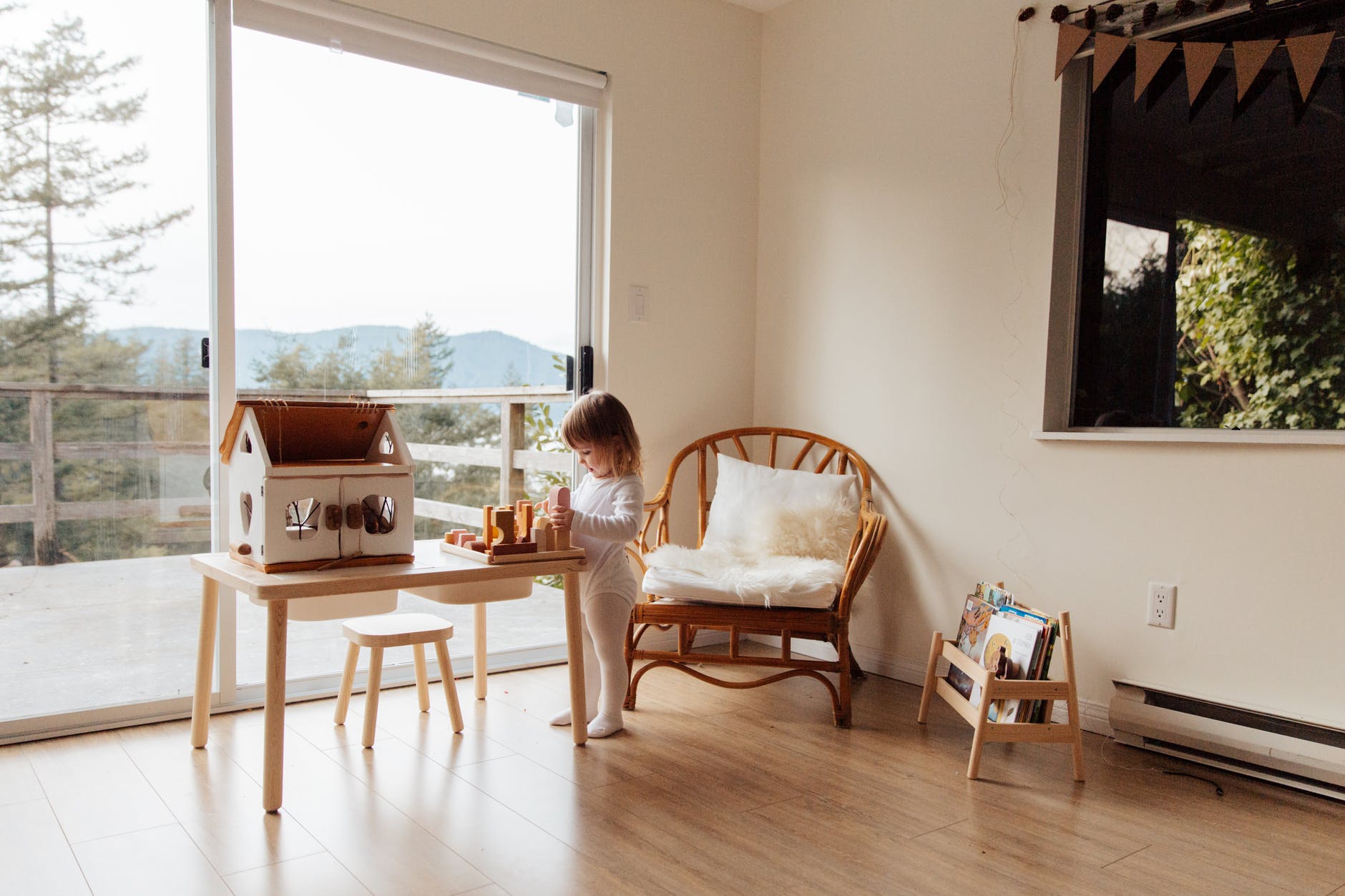
Better Spatial Awareness
Building structures using these block toys requires being able to mentally rotate the objects in the mind’s eye. Hence, kids learn the basics of being spatially aware. More precisely, spatial awareness requires knowledge of forms, places, space, movement and directions. For this reason, there are many building blocks that are designed in a way that they can’t fit everywhere. So, through the process of trial and error, kids gradually develop an understanding of these simple shapes and they instinctively start knowing which shape fits where. Before being able to understand how other objects work, toddlers need to develop these fundamental skills. Another great activity that introduces kids to these skills is puzzling.
Encourage Skills of Mathematical Logic
As there are many shapes, sizes and colours on offer, these block toys offer ample opportunity for children to practise important maths skills, number, symmetry, covering measurements, balance, and estimation. They compare shapes and sizes, create patterns, provide measuring and weighing tools.
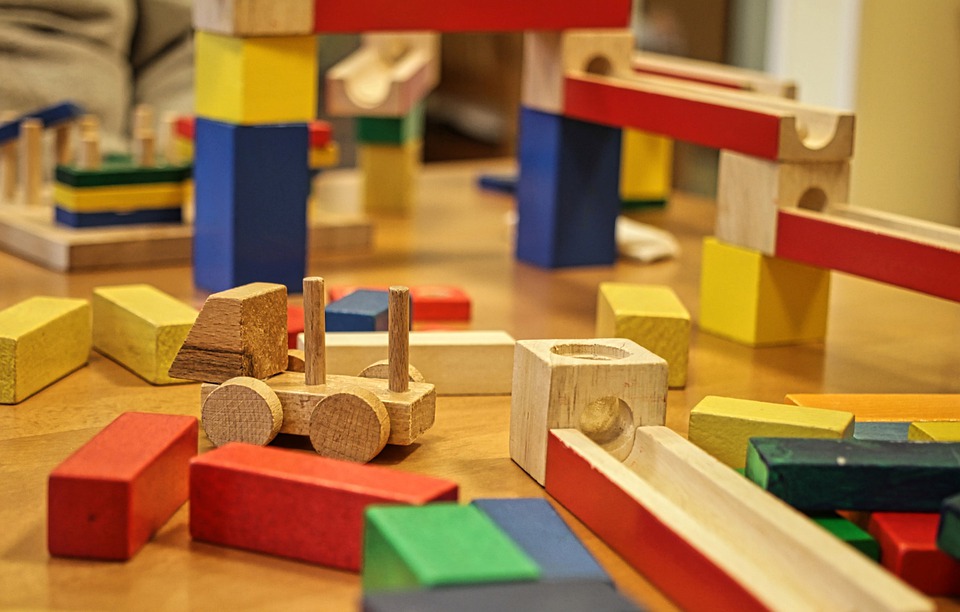
To Sum Up
Wooden building blocks toys are versatile. They offer endless ways for educational and social exploration, and without a doubt, they’re much better than plastic toys. Wooden toys not only last longer, but they also biodegrade faster.
Wooden blocks are natural and traditional toys that help kids to learn and they never go out of style. Every kid should have at least one set of wooden toys to build his creativity and to start engaging in play.
What age are wooden blocks good for? – you may ask. Anytime from 6 months to 3 years is the ideal age for children to be introduced to building blocks made from wood.

